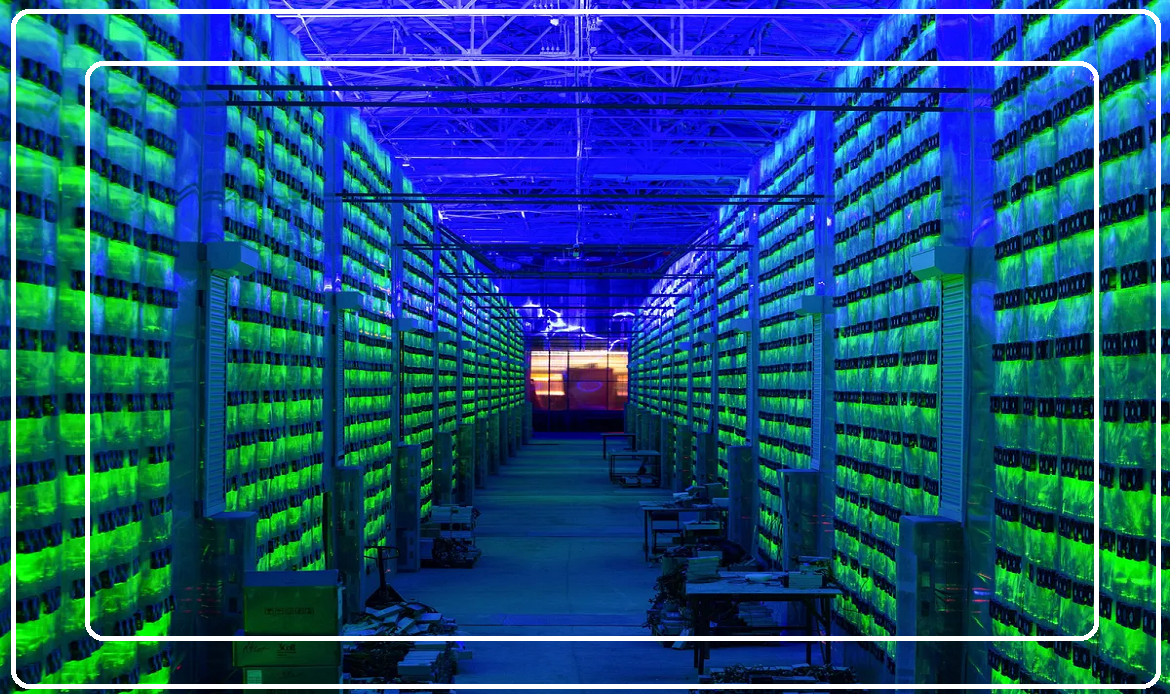An alternative consensus mechanism to proof of work (PoW) for blockchains. Instead of consuming computing power to validate transactions, validators, using proof of stake mechanism (on proof-of-stake blockchains), must prove ownership of staked coins. This mechanism substantially reduces the energy consumption required for validation and mining. Proof of stake can also support better levels of decentralization, security, and scalability.
The proof of stake (PoS) consensus algorithm was introduced in 2011 in the discussions held on Bitcoin portals. In response to the setbacks associated with proof of work, it was proposed as an alternative to the provision of computationally intensive proof. Though both proof of work and proof of stake share the same goal of building a level of blockchain consensus, the processes are categorically different. Rather than providing a computationally intensive proof, participants in proof of stake have to only prove their holdings of staked coins.
Therefore, proof of stake is a more energy-efficient method to validate blocks. In proof of stake, validators don’t rival to solve cryptographic puzzles. Instead, the network distributes block production in accordance with the percent stake a participant has proved to have in the network. For example, if a participant has 1% stake in the network, he or she will get approximately 1% of the block reward. Ownership of tokens and similar crypto assets will be used to reflect stake as distributed via rewards. Participants put down a deposit (stake) for a chance to be selected as validator (and hence, miner) of a block. The higher (more valuable) the deposit, the greater the chance a participant will have to validate.
The proof of stake algorithm is implemented in a pseudo-random election process to identify and select validators (miners) from a group of nodes. A set of factors are used in the process, including staking age, randomization level, and the node’s wealth. Through the blocks are ‘forged’ rather than mined, term mining is occasionally used, and miners do not receive new blocks as rewards, but transaction fees instead.






